
Xylophanes anubus is a moth of the family Sphingidae first described by Pieter Cramer in 1777.

Xylophanes ceratomioides is a moth of the family Sphingidae. It is known from Mexico, Belize, Costa Rica, French Guiana, Bolivia, Argentina and Venezuela, down into southern Brazil. Rare vagrants have been found up to southern Arizona.

Xylophanes eumedon is a moth of the family Sphingidae. It is known from Mexico.
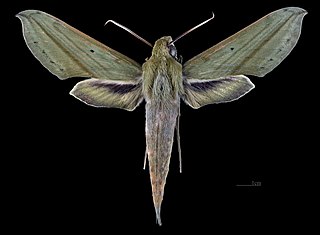
Xylophanes elara is a moth of the family Sphingidae first described by Herbert Druce in 1878. It is known from Paraguay, Suriname, Venezuela, Bolivia and Brazil.

Xylophanes falco is a moth of the family Sphingidae.

Xylophanes fosteri is a moth of the family Sphingidae. It is known from Paraguay, but is probably also found in Argentina.

Xylophanes germen is a moth of the family Sphingidae. It is known from Mexico, Costa Rica, Guatemala and is found from Venezuela to Bolivia.

Xylophanes guianensis is a moth of the family Sphingidae.
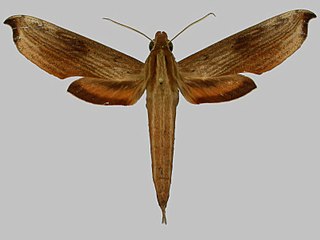
Xylophanes haxairei is a moth of the family Sphingidae. It is known from French Guiana and Venezuela.

Xylophanes irrorata is a moth of the family Sphingidae. It is known from Cuba.

Xylophanes isaon is a moth of the family Sphingidae. It is found from south-eastern Brazil and Paraguay to Argentina.
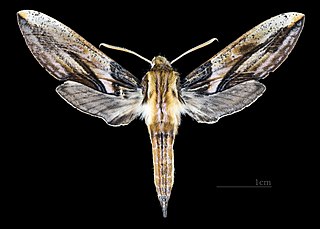
Xylophanes jordani is a moth of the family Sphingidae.

Xylophanes josephinae is a moth of the family Sphingidae. It is known from Guatemala and Mexico.
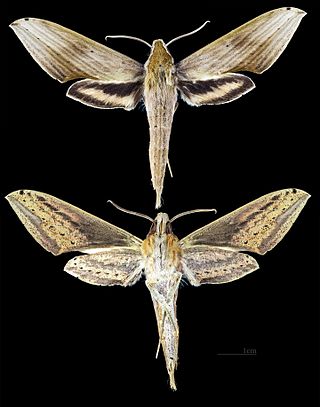
Xylophanes libya, the Libya sphinx, is a moth of the family Sphingidae. The species was first described by Herbert Druce in 1878. It is known from southern Texas, Mexico, Belize, Guatemala, Panama and from Venezuela south and west to Bolivia and Paraguay.
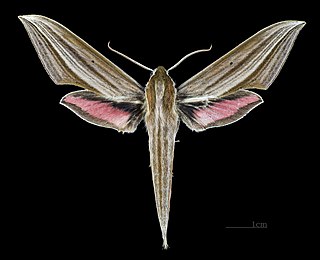
Xylophanes neoptolemus is a moth of the family Sphingidae.

Xylophanes pistacina is a moth of the family Sphingidae. It is found from Nicaragua south to Brazil and west to Bolivia, Paraguay and Argentina.

Xylophanes resta is a moth of the family Sphingidae.

Xylophanes rhodina is a moth of the family Sphingidae. It is known from Panama and Costa Rica.
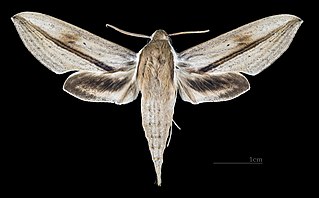
Xylophanes turbata is a moth of the family Sphingidae. It is known from Mexico to Nicaragua and Costa Rica. An occasional stray may be found up to southern Arizona.
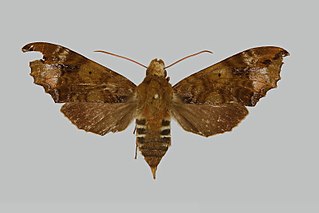
Protaleuron rhodogaster is a moth of the family Sphingidae. It is found from Ecuador to Bolivia.




















